How Effective is Google’s Display Network and Is It Worth It?

In the world of online advertising, it's no surprise that Google is among the best of the best. They have so much market saturation, so much name recognition, and so much trust that everyone who is anyone (and who fits in their rules) uses them. That's not just search advertising, either; Google has the power of their massive Display Network behind them. So what is it, and is it worth using? Or is it too saturated to be worthwhile?
 30 Second Summary
30 Second Summary
You can show your ads on over 2 million websites with Google's Display Network. You'll get access to YouTube, Gmail, and mobile apps which helps you reach 90% of internet users. You can target your ads by topics, interests, placement, context and user details. You can pick specific sites to show your ads or let Google handle it. While you might have some click fraud and banner blindness, you'll benefit from Google's strong remarketing system and low entry costs. To succeed, you should narrow your targeting and watch your metrics daily.
What is Google's Display Network?
The core Google ads product offers placement on Google's web search, and that's pretty much it. If you want to get your content in other Google-owned properties, like YouTube or Gmail, or you want to get a slice of those display ads you see on websites all around the web, you need to be using Google's Display Network.
Google's Display Network was originally launched in 2003 as a complementary product to Google's AdWords, but both of them have since been rolled into the overall header of Google Ads.
Google's Display Network includes YouTube video ads, as well as ads in Google properties like Gmail. It also includes any website using the AdSense side of Google Ads, that is, the ability to make money from Google display ads. According to Google, that includes over 2,000,000 websites around the web, and according to Comscore, they reach over 90% of internet users. That's a lot! The internet has a lot of users, in case you didn't know.
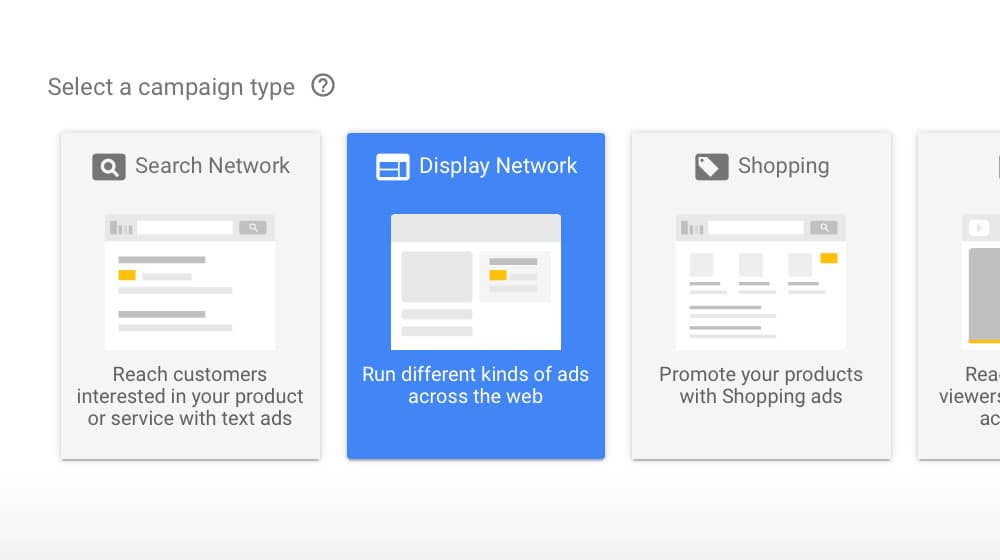
If you remember DoubleClick, the old ad network founded in 1996 and used for a huge portion of ads online, that was also part of Google's Display Network. I say "was" because it's no longer a stand-alone product. In 2018, Google merged it with the rest of its Display Network to become just one more part of the overall Google marketing platform.
The overall Google Display Network is incredibly massive, and that's a good thing and a bad thing. It's good in that it means you can access everything from a tiny small-time blog with 10 readers to big-name global brands through the same network. It's bad in that, with so much available, it can be very easy to waste a lot of money before you get your marketing strategy dialed in to be effective.
The Benefits of Google's Display Network
There are a lot of benefits to using the Google Display Network, though some of them are more obvious than others, and a few are so obvious you don't usually think about them as benefits.
First of all, the Display Network is huge. You have access to millions of websites where your ad can be displayed, and a lot of those websites might have hundreds or thousands of pages that get traffic regularly. There's an incredible amount of potential viewership out there.
You also have access to a ton of mobile advertising positions. Among the various ad networks, Google has bought up or created over the years are mobile ad networks that reach millions of apps, ranging from few-to-no users at all to some of the most popular apps on the app stores. This isn't even limited to Android apps, either! Any developer of an app on any platform, so long as they haven't been blacklisted for some reason, can add Google ads to their app.
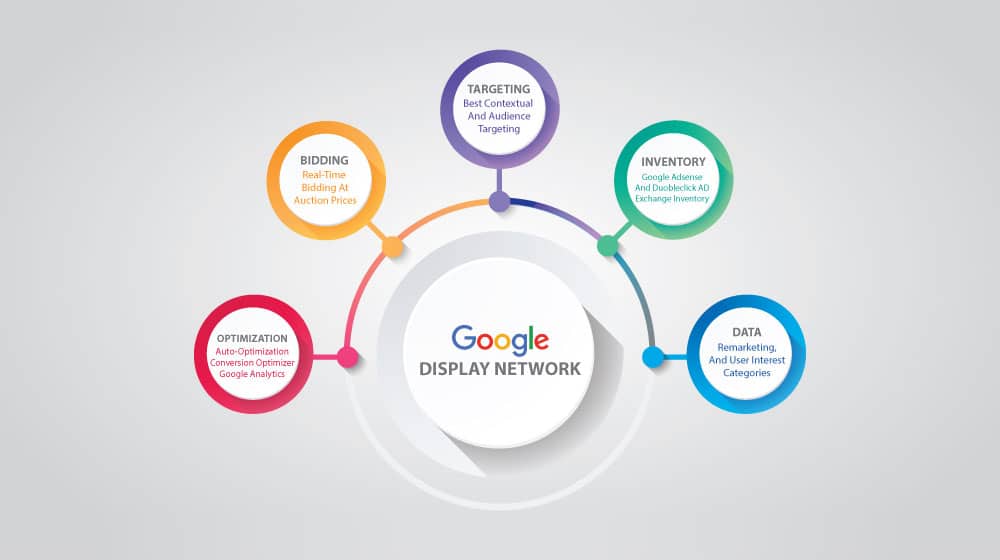
Another benefit is that people tend to trust Google, even, perhaps, more than they should. It's easy for Google to get people to set up ads on their sites, and people are more likely than average to want to click on a Google ad because they know Google isn't going to let some horrible malware on their network. Well, usually. More on that later.
Google harvests a ton of personal information about people and tracks a ton of that information, so it's second only to Facebook in terms of precise targeting options for its ads. This means you can target ads based on:
- Topic, which is similar to keyword targeting but tends to have bundles of similar and related keywords rather than relying on you to set up your own keyword lists.
- Interest, which is heavily based on user data and the kinds of content those individual users tend to view.
- Placement, which is exactly what you think it is.
- Contextual, which is a keyword-based targeting with evolving optimization.
- Demographics, which is your usual slate of age, gender, income, education, parental status, and other information.
And you can layer these on top of each other, to have different selections of targeting for different categories simultaneously. This lets you be very narrow and precise with your targeting, while still potentially reaching millions of people who fit that definition. It's a lot, and it's seriously impressive.
You also have the ability, through the Google Display Network, to pick specific sites you want to advertise on, rather than just broad categories or niches. Let's say you paid some money to run ads in a print magazine; you can use Google's Display Network to target the website of that magazine and get your ads there too, assuming the magazine's website uses Google ads. It's a great way to add consistency to your advertising campaigns.

If you're more of a hands-off advertiser, you can also just let Google do a lot of the legwork for you. They have algorithms and machine learning in place to do automatic placements, which can run and optimize your ads to a decent effect. It's not always the best possible choices at all times, but it's still pretty good.
Another benefit I like to mention is that Google has an extremely effective remarketing system. When people see your ads and click on them to visit your site, even if they don't go on to buy anything, they're added into a remarketing list. You can then use that list to target those specific people with ads later on down the line. Someone who visited your site will see your ads on other sites, even if you've never seen those sites and they have nothing to do with you. This reminds those users that they had an interest in you, and they can come back to convert later when the time is ripe.
One final benefit I can mention is that it's really easy to get up and running with Google ads. You don't have to guarantee $3,000 in monthly spending or have a site with over a million views or anything to be part of the network. That's part of why it's so large; the barrier to entry is very low.
The Downsides of Google's Display Network
The first and foremost downside of the Display Network is that, well, it's huge. This manifests as a problem in a few different ways.
One of those ways is that, despite a lot of algorithmic protections, Google can't police every single ad that passes through its system. There have been numerous instances of malicious ads making it through and displaying on sites for hours or days before they're dealt with. That's a problem for site owners, and some site owners choose to use other ad networks instead of Google so they don't have to deal with it.
Another problem is that, in many cases, competition can be very stiff. Some of the more competitive keywords and targeting placements out there are extremely expensive and could end up charging you $10 or more per click. Some of the most expensive keywords on Google are $30 or more! This also applies to premium placements on specific websites. If Forbes were running Google ads, you think it'd be easy to get a placement? I doubt it.
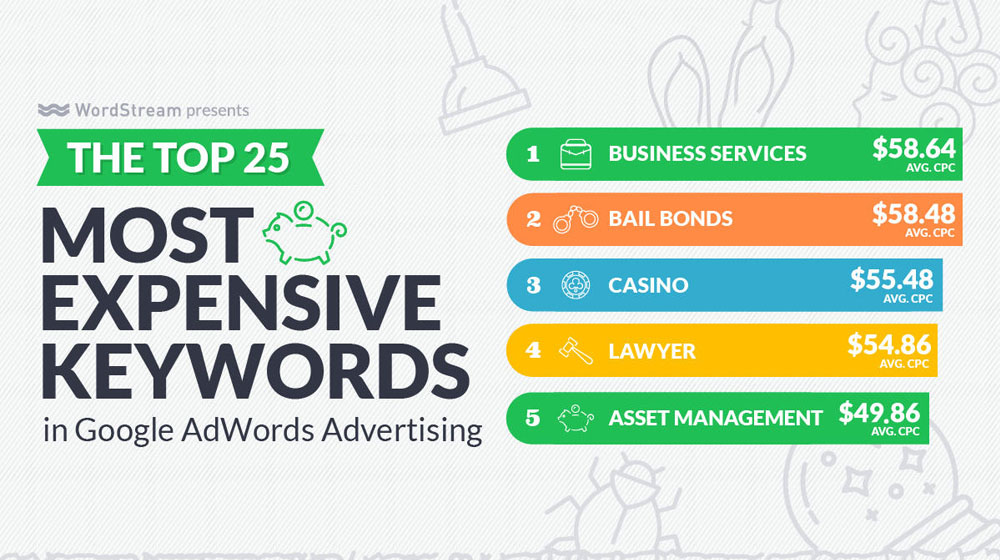
Beyond the competition problem, you also have to worry about conversion rates. Some segments of the Google Display Network are very low conversion, either because they target people who aren't likely to have money to spend, or because they're just disruptions. For example, there are millions of mobile apps out there with ads on them, and the average user ignores those ads as much as possible.
It's like banner blindness. Which is, not coincidentally, another drawback for Google ads. You have definitely seen Google ads, and seeing Google ads just means you're used to them already. They don't really change that much from site to site, in terms of format and placement, so they heavily fall victim to banner blindness.
Probably the biggest problem with Google's Display Network has to do with unscrupulous competition more than anything. Similar to negative SEO, there are people out there who offer bot clicks or networks of freelancers using VPNs to appear as though they're legitimate viewers. These people will click ads on demand, but since they're not paid to purchase, they never convert.
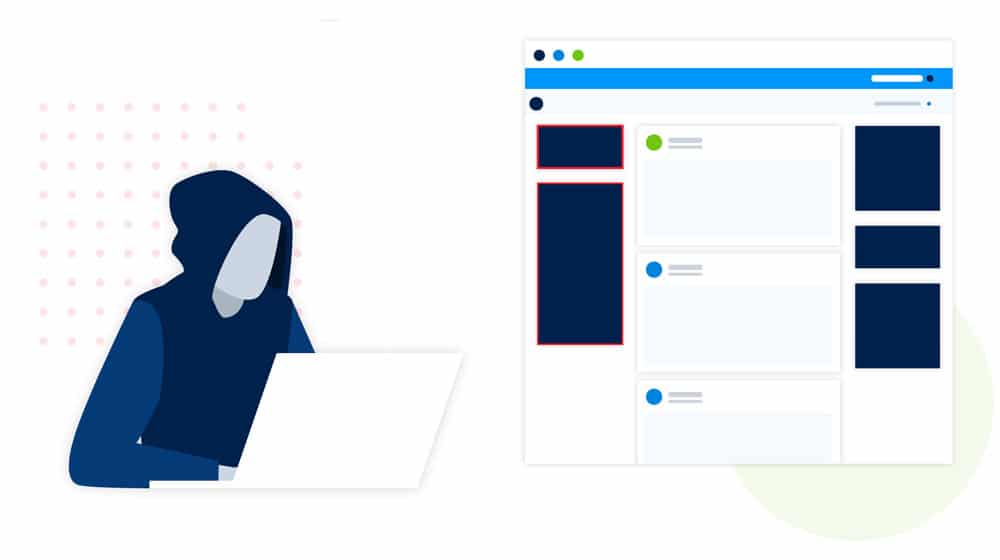
So what ends up happening is one of your competitors notices that you're paying for ads that are driving up competition and thus their costs, and taking traffic they want. So they pay one of these shady networks to click your ads a whole bunch of times. You have to pay for the clicks – which Google isn't filtering because they appear legitimate – but you get no conversions from them.
The intent is to drain your budget and run you out of the space, and it can be distressingly effective in many cases. There's not a lot you can do about it except maybe contact Google about click fraud, with records showing an unusual spike in traffic with no spike in conversions and no change in your ads. Even then, there's no guarantee Google will be able to do anything about it in a way that helps you.
Click fraud also happens in the more traditional sense, where website owners run the same kinds of bots on their own ads. Their goal is to earn their commission on clicks, though this tends to be easier to track and prevent from Google's end. It's definitely grounds for a publisher to be banned, at the very least.
Is the Google Display Network Effective?
Click fraud aside, is the Google Display Network effective and worth using? I would say yes.
Sure, click fraud is a problem. Click fraud will be a problem on pretty much every advertising network, though. Anywhere publishers can get paid for ads that get clicks, people will try to scam the clicks. Google at least has pretty sophisticated detection, so the bot networks that sell the ability to scam Google are correspondingly more expensive, making it less worthwhile.
And that's really just one issue from an otherwise perfectly fine platform. If you as an advertiser happen to notice that a spike in traffic with no conversions is happening, you can often track down the site that's referring all of those clicks and blacklist it in your ad settings. There are tools to help you manage your ads to avoid this as well.
Meanwhile, Google ads tend to be fairly cheap simply due to the huge number of publishers out there. It doesn't really matter if a conversion came from a tiny blog with 100 readers or a gigantic website with millions of daily hits. A conversion is a conversion, right?
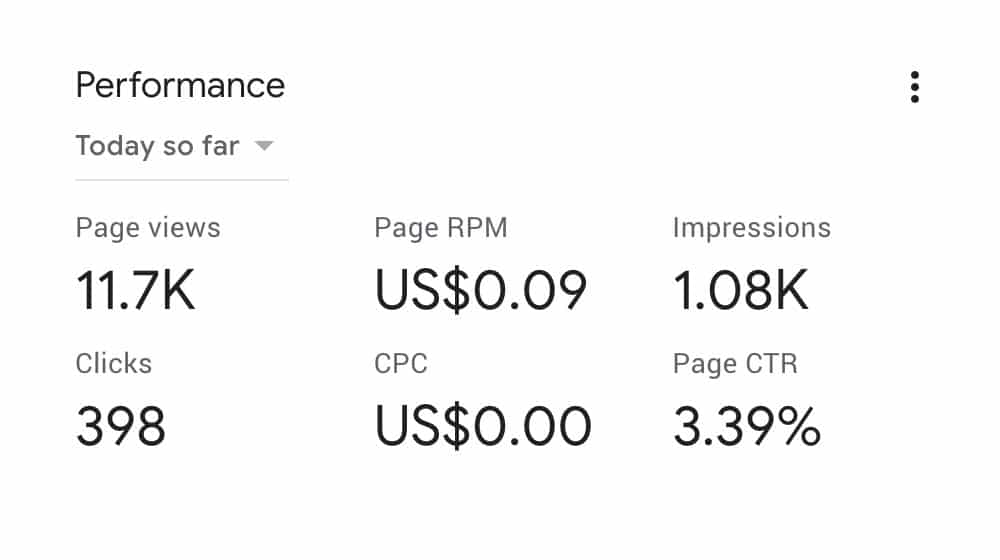
The array of tools Google makes available to you, plus the way Google's Display Network and their search network link together, plus the way it all links into Google analytics, makes it a very integrated tool. It's all pretty easy to use, as well, and it's extremely well documented throughout the internet. Any possible question you could have can be answered somewhere online, and if not, Google's help center is great, and their support is receptive.
As with all ad networks, however, it's in how you use it that really matters. You can use Google's Display Network to make a ton of money, or you can use it in a way that costs you a bunch of money and gets you banned.
Tips for Using the Google Display Network
I am by no means a top-tier expect with the Google Display Network, but I know a thing or two. Here are some tips, in no particular order.
First, consider doing narrow research and running ads only on specific, relevant sites. One of the worst things with online advertising is how little relevance there is between a site's content and the content of an ad. If I'm on a website about lawn care I don't want to see ads about video games.
Likewise, make sure to keep a narrow grip on your demographic targeting. All of that work you spend making buyer personas and setting up demographic summaries is important, make no mistake. Remember that having five narrow campaigns targeting 1,000 people each is better than one broad campaign targeting 5,000 people. Your goal is to optimize conversions, not to get the broadest reach.
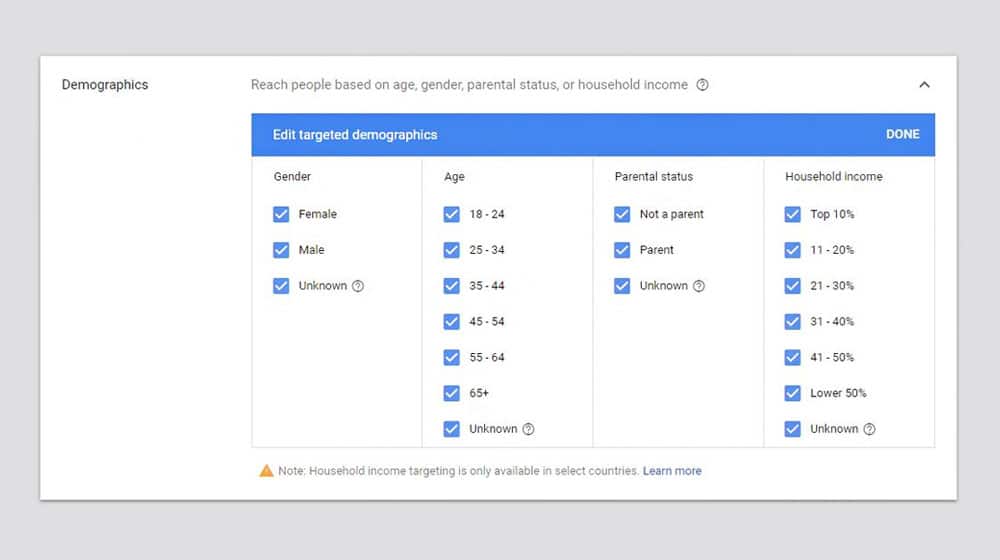
You also want to remember that the Google Display Network is most likely going to be one of many complimentary advertising strategies. Display advertising (in general) isn't going to be as good as some other forms of marketing, including social and direct outreach. It's worth using, but it's not going to be your sole avenue of marketing, not by a long shot.
And, of course, you want to make sure to keep your eye on metrics on a daily basis to make sure you're not becoming the target of click fraud. Setting caps on spending can help protect your budget, and making sure you're getting actual returns is a requirement.
Do you have tips for making good use of the Google Display Network? Or have you had a bad experience with it and prefer to warn people away? Either way, leave them in the comments, I'd love to hear from you.



 30 Second Summary
30 Second Summary
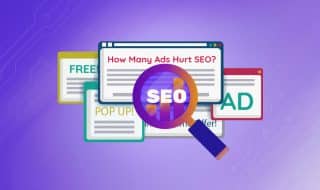


August 12, 2020
I am currently using Google and Facebook Ads for my business and I'm happy with the conversion rate that I am getting. You are correct, you just have to set it up correctly to maximize the benefits of the ads. I haven't had very good luck with Google's Display Network yet but my regular ads are performing well.
August 12, 2020
Hi Christian! Yeah, the Display Network isn't ideal for everybody, but some businesses knock it out of the park. I think the more niche / specialty your business is, the less you'll benefit from their cheap clicks. If you're selling cool socks or T-shirts, for example, a site like this might do very well. Something more specialized like diesel generators or shipping containers are far less likely to have any sort of success from these less-targeted clicks. It's worth trying out though, and if you're not getting a good conversion rate then it may be better to allot more of that budget towards your search ads.
October 13, 2021
This is such an informative guide on Google Display Ads. Keep on writing more valuable posts.
October 13, 2021
Thanks Marcus! I appreciate it 🙂
February 08, 2022
Great points, James. Yes, there are some downsides but overall, I think Google Display Network is pretty effective and worth the effort for me.
February 10, 2022
Thanks, Stella! 🙂